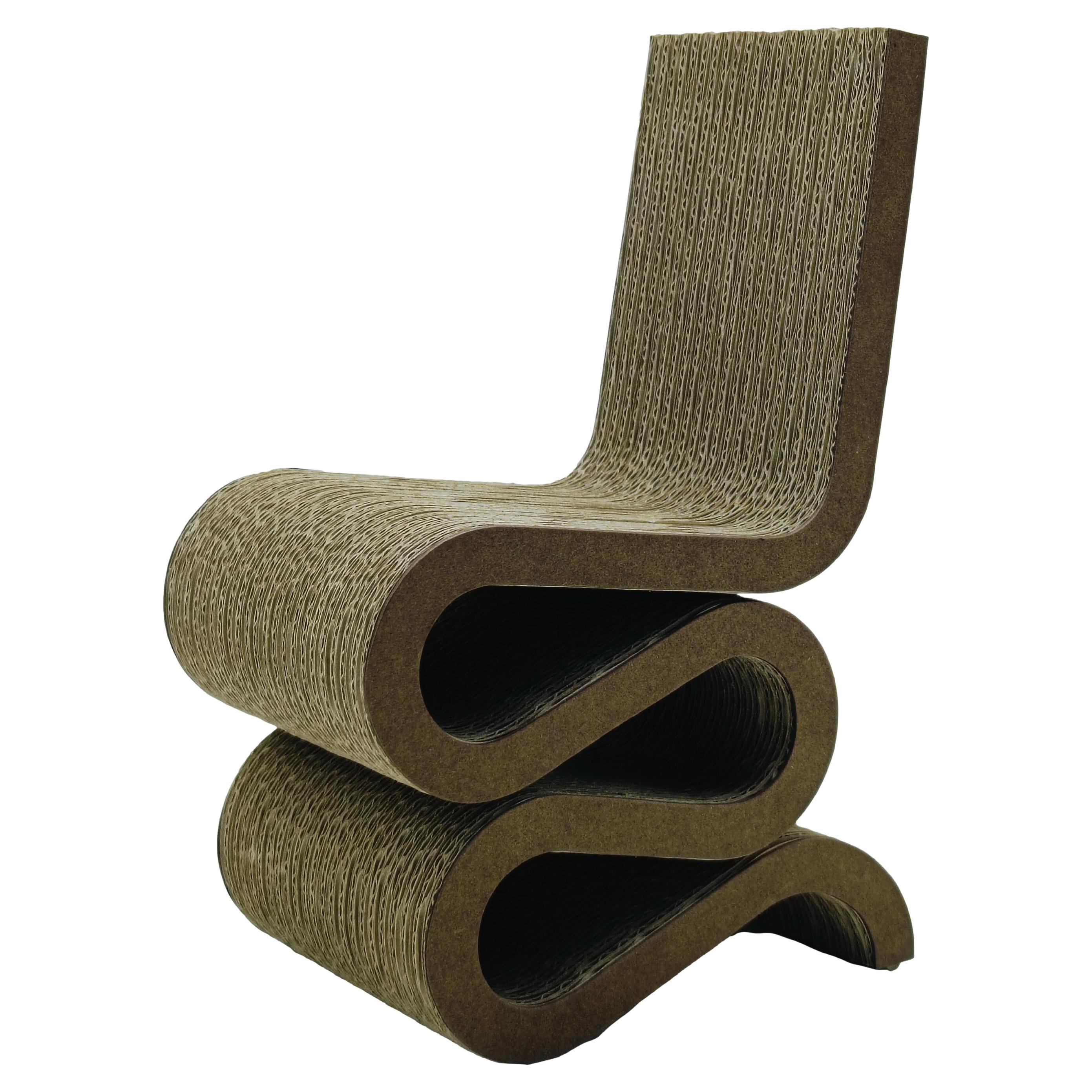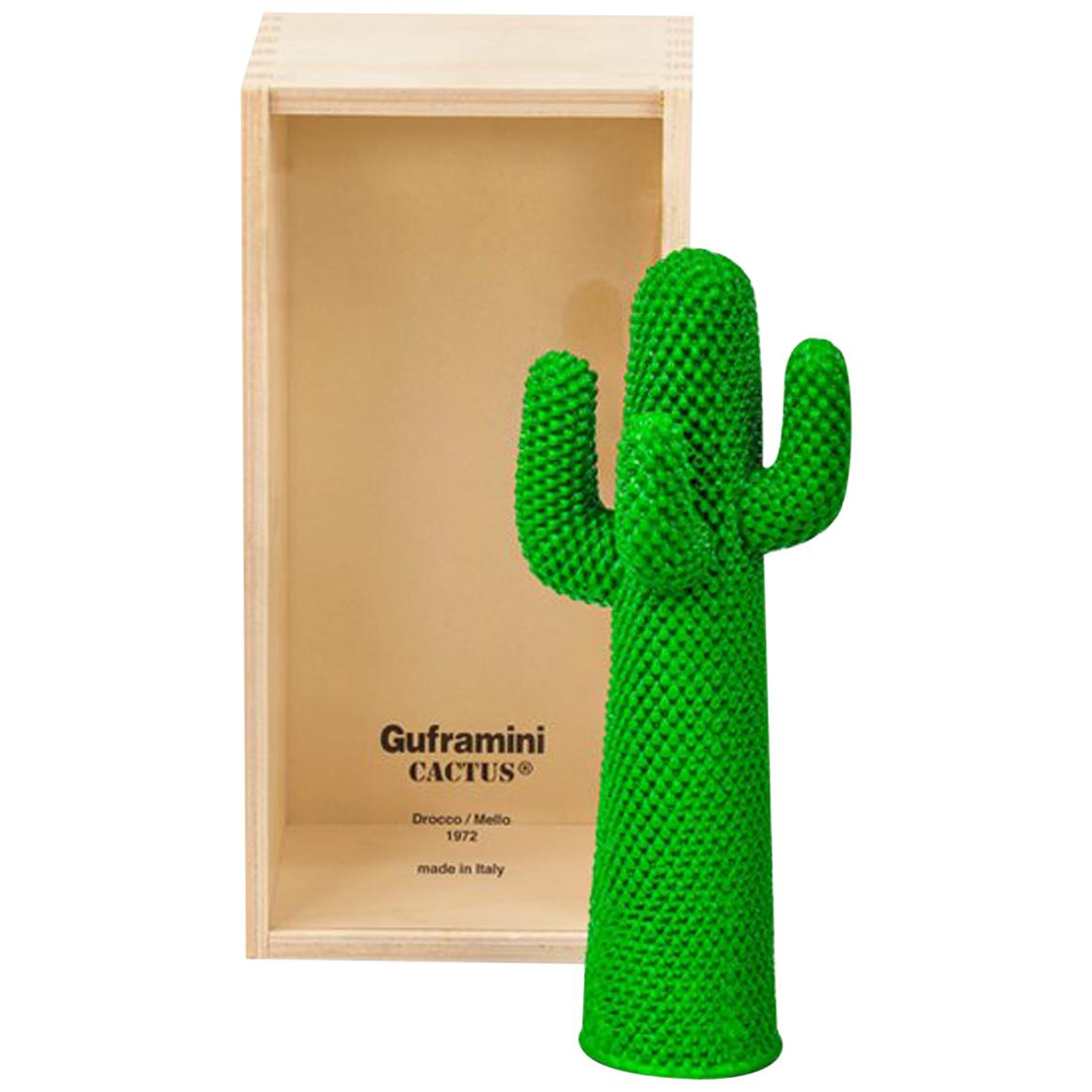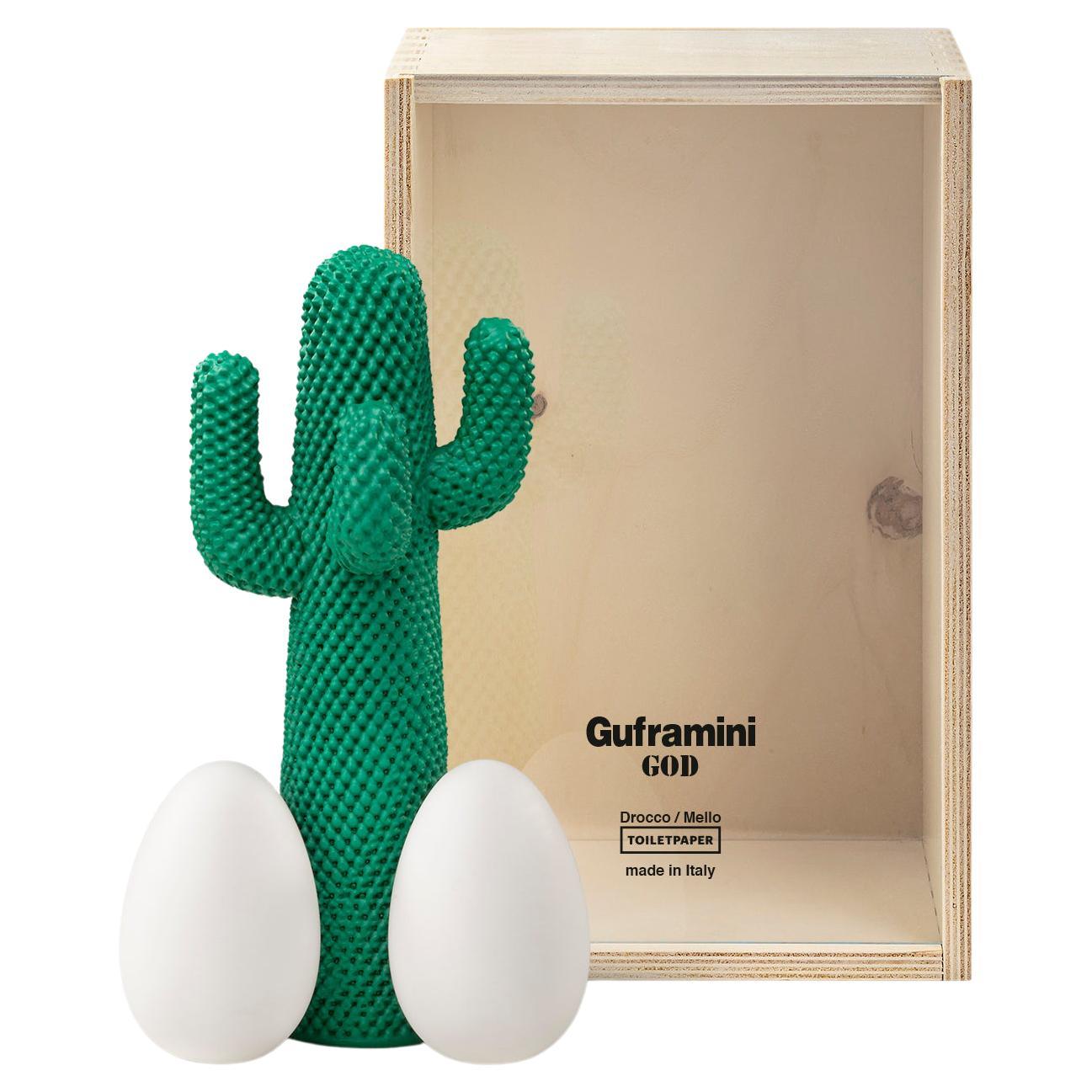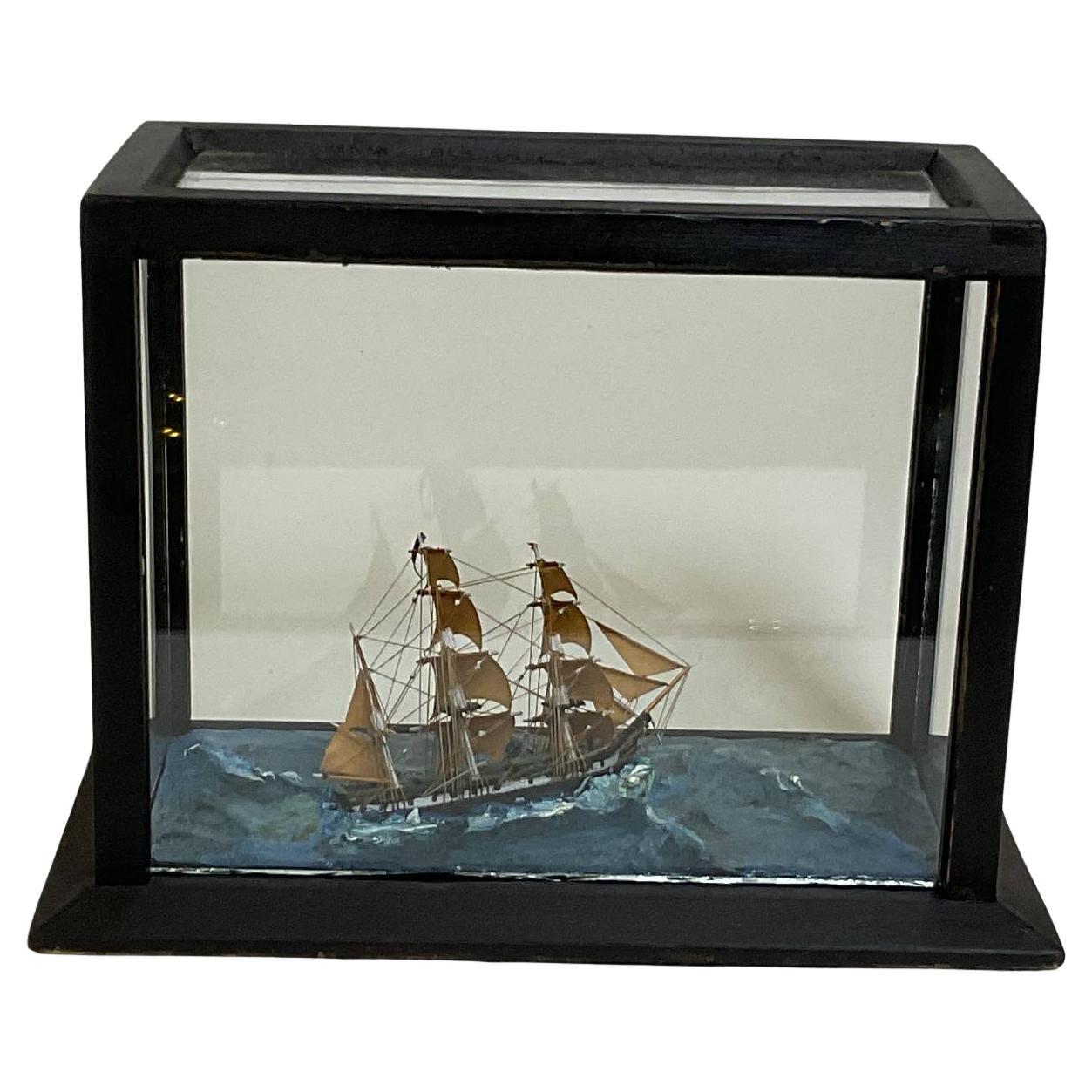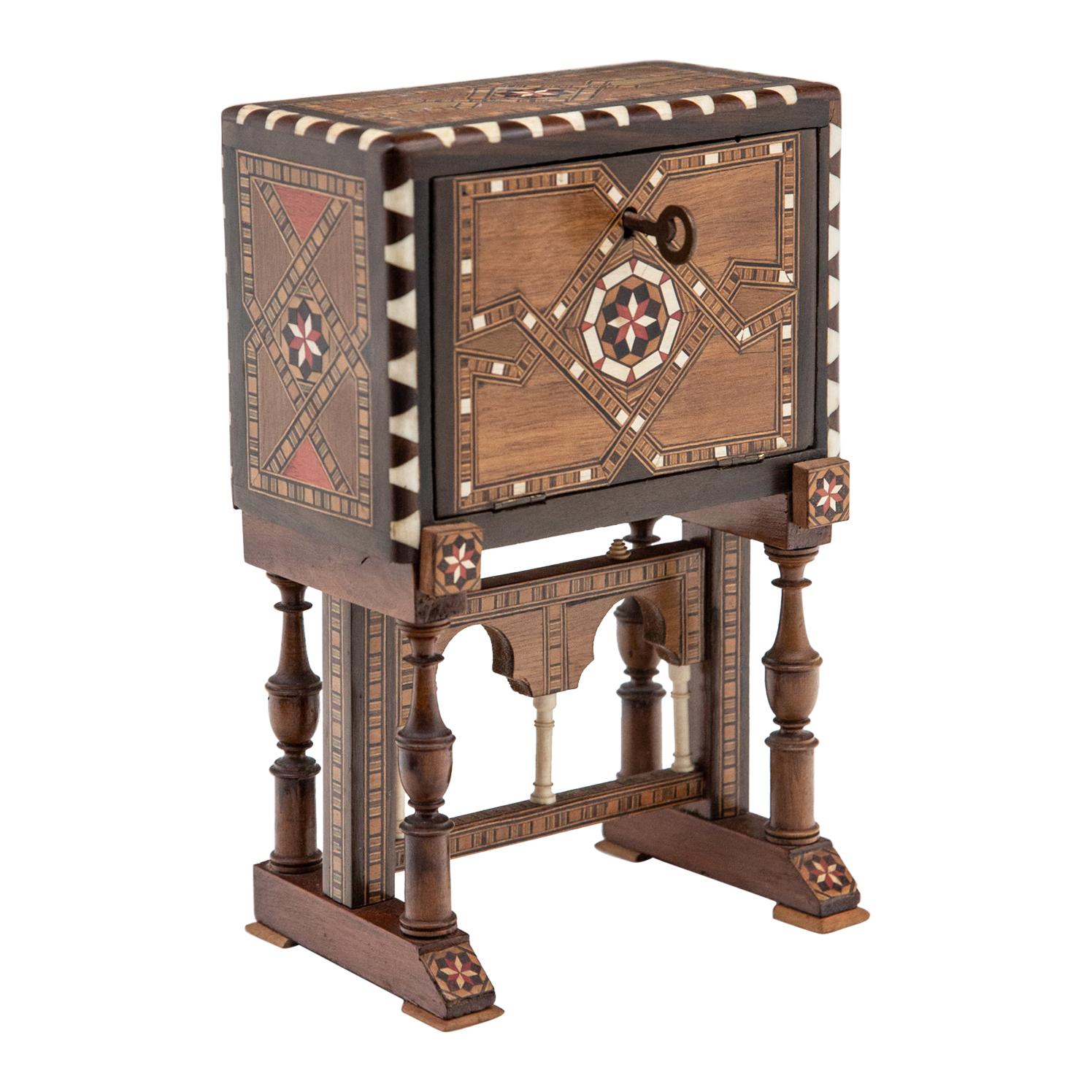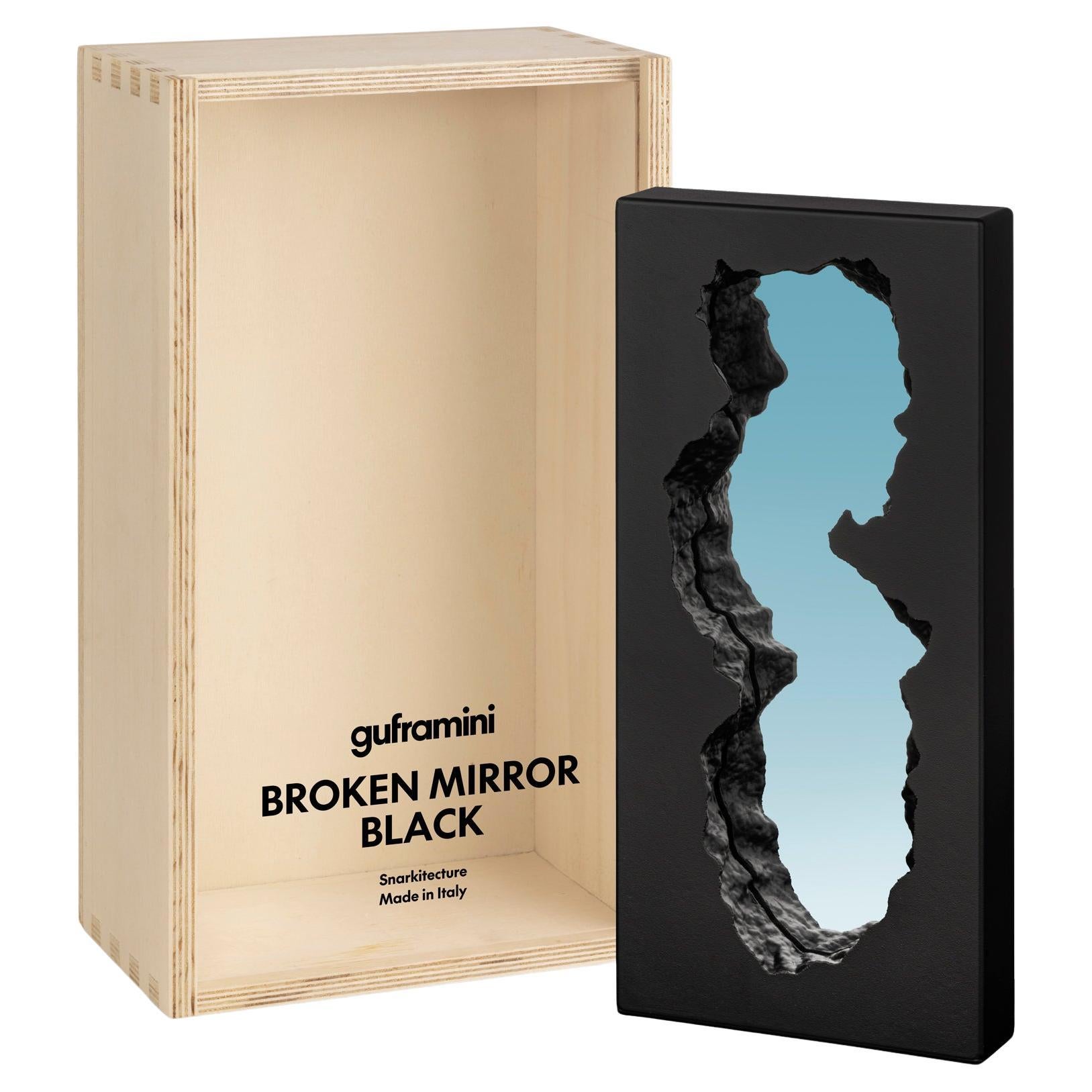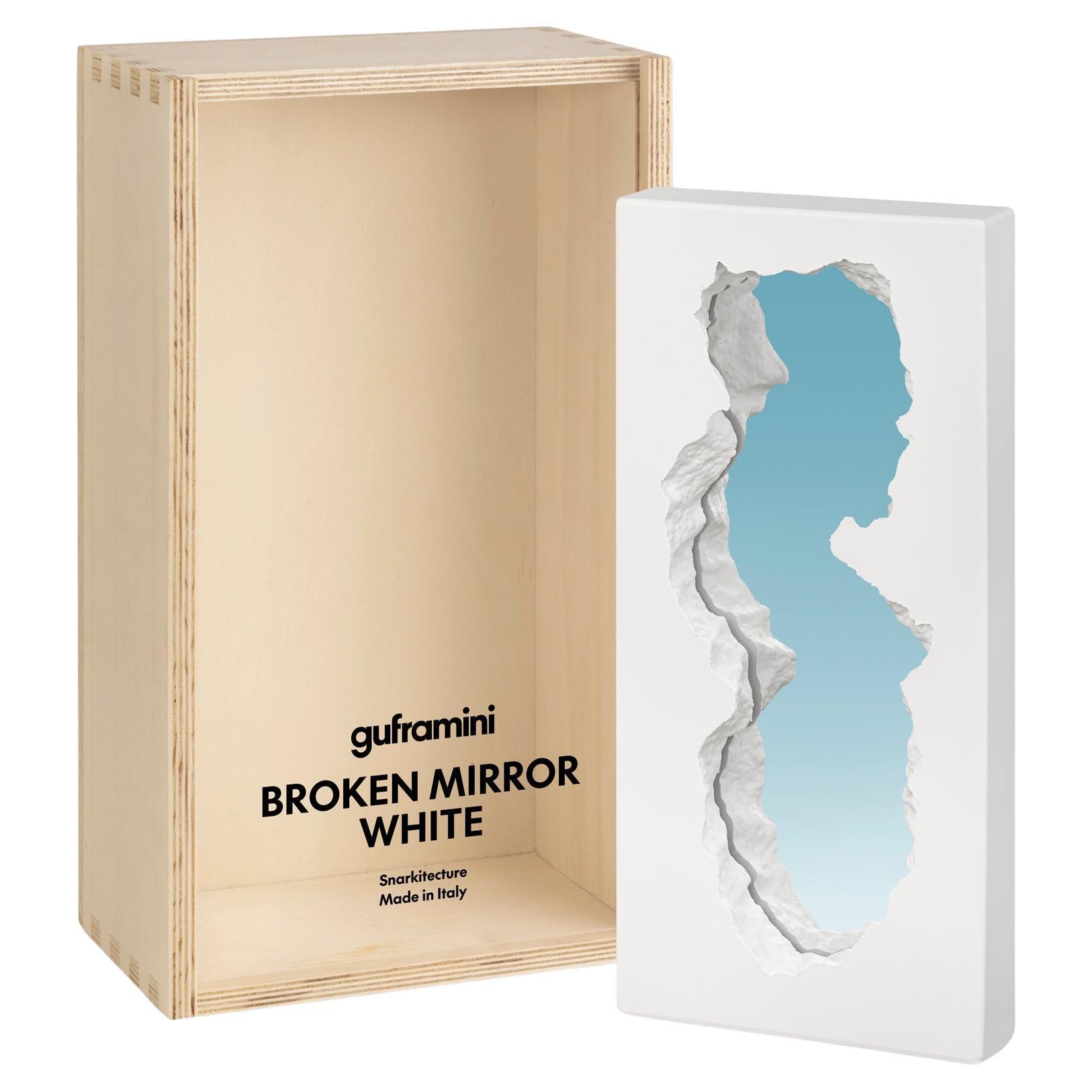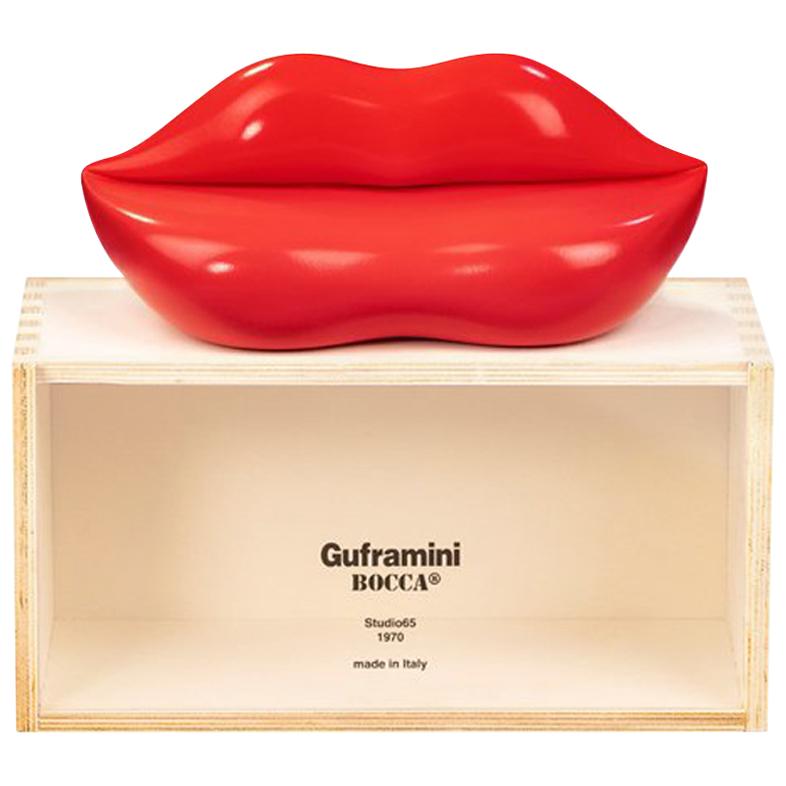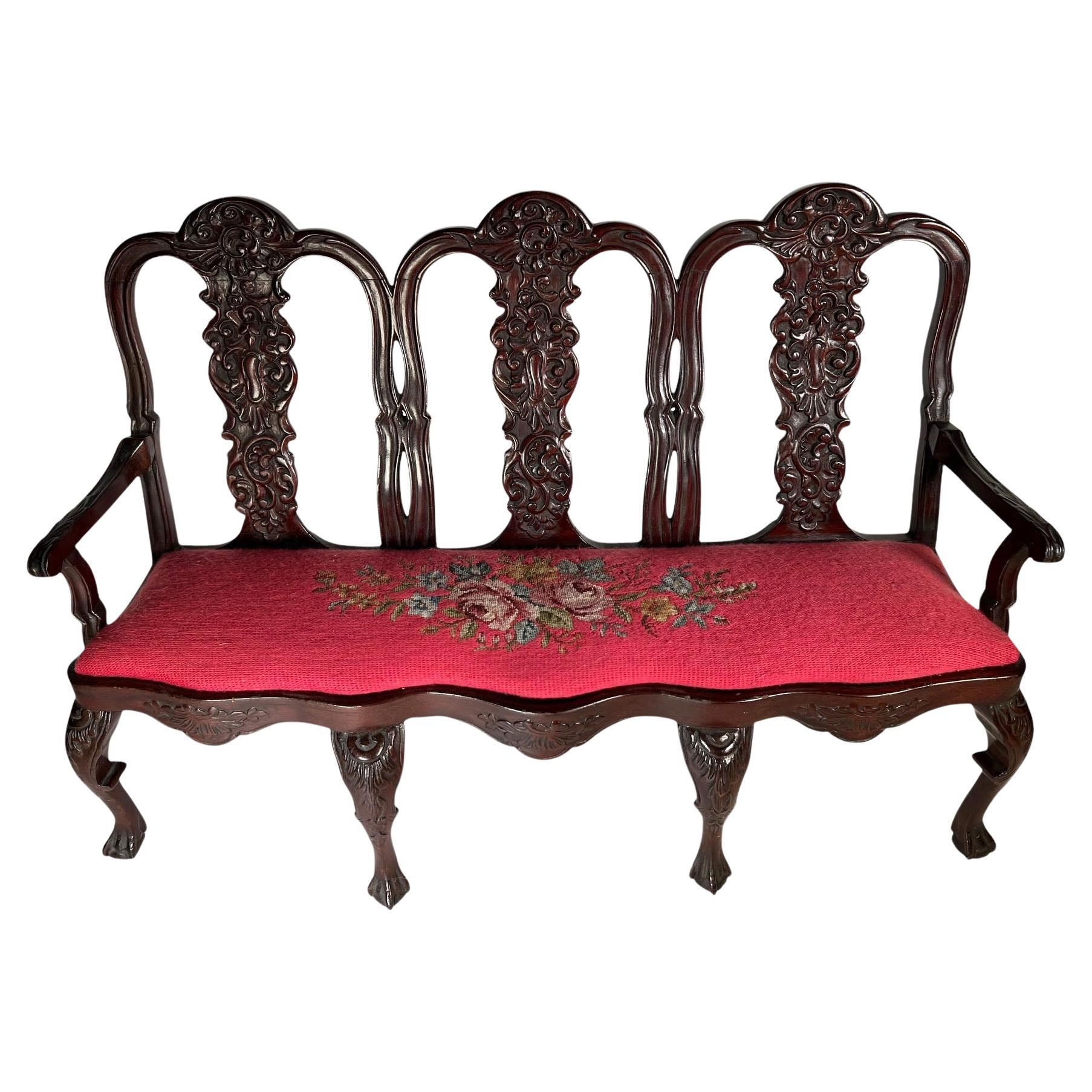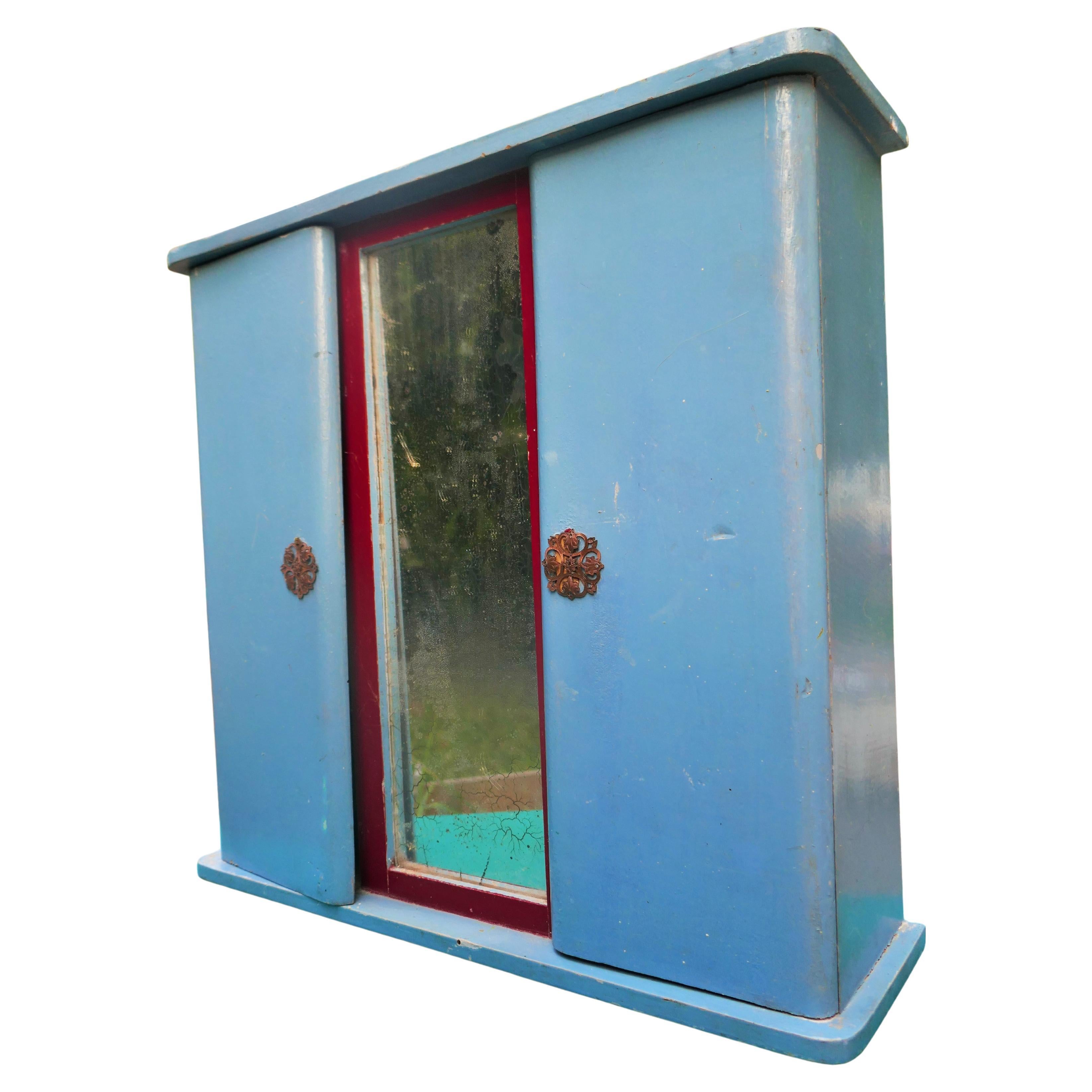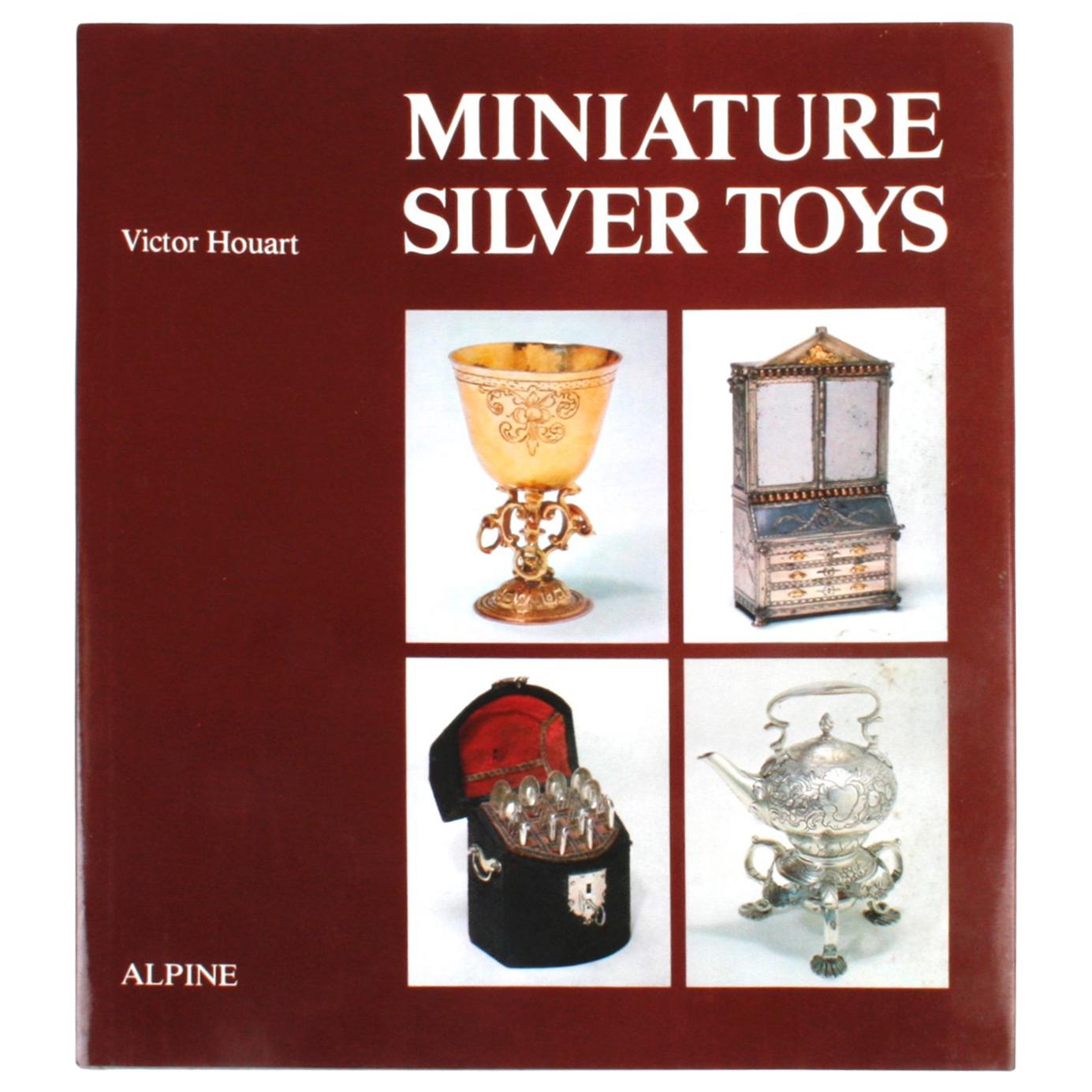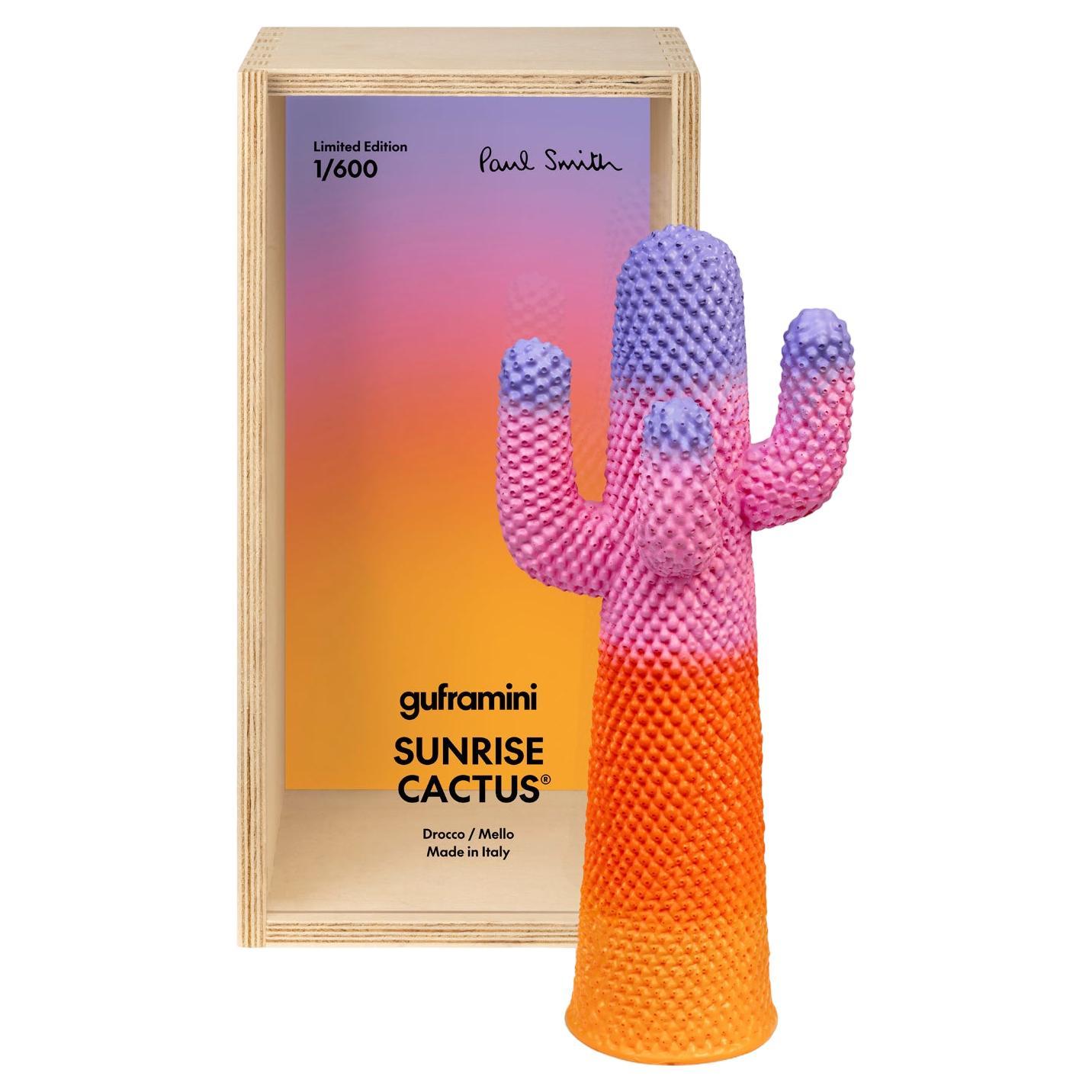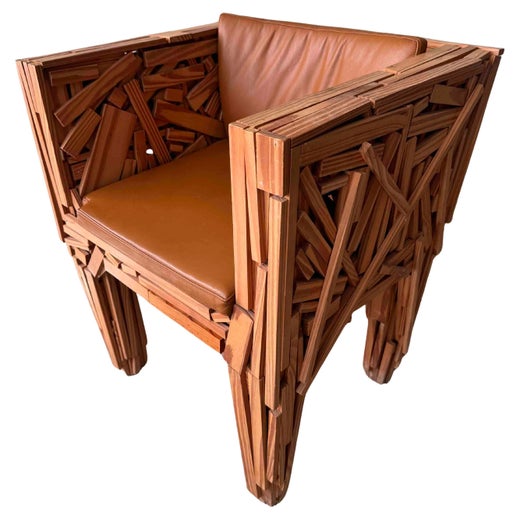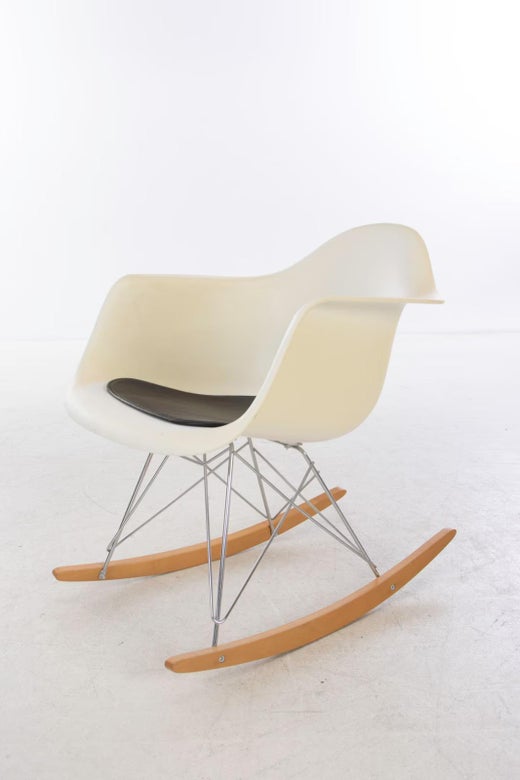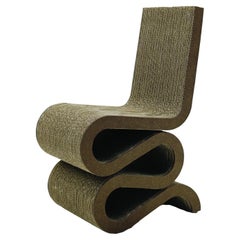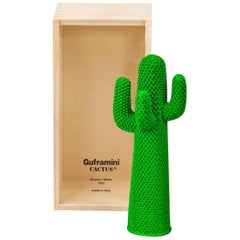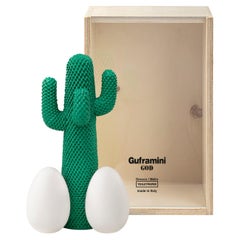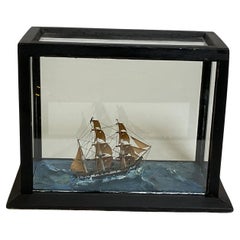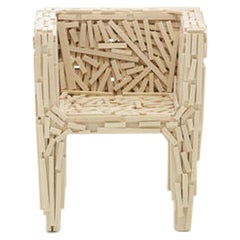
Vitra Miniatures Favela by Fernando & Humberto Campana, 1991
View Similar Items
Vitra Miniatures Favela by Fernando & Humberto Campana, 1991
About the Item
- Creator:Vitra (Manufacturer),Campana Brothers (Designer)
- Dimensions:Height: 4.93 in (12.5 cm)Width: 4.53 in (11.5 cm)Depth: 4.14 in (10.5 cm)
- Style:Modern (In the Style Of)
- Materials and Techniques:
- Place of Origin:
- Period:
- Date of Manufacture:Contemporary
- Production Type:New & Custom(Current Production)
- Estimated Production Time:7-8 weeks
- Condition:
- Seller Location:New York, NY
- Reference Number:Seller: 202570011stDibs: LU3989118986242
Campana Brothers
The Campana Brothers were among Brazil’s foremost contemporary furniture designers. Inspired by their country’s vernacular culture, Humberto and Fernando Campana (b. 1953; 1961–2022) combined everyday objects in unexpected ways — often waste materials like rope, cardboard, plastic tubing, and aluminum wire — to make their singular chairs, decor, lighting and other items. Their designs have been manufactured by such companies as Alessi, Swarovski and Cappellini. And they received numerous honors, including being named Designer of the Year both at Design Miami in 2008, and by Maison & Objet in Paris in 2012.
Humberto Campana was born in Rio Claro in 1953 and earned a bachelor’s degree in law from the University of São Paulo. Fernando was born in 1961 in Brotas, and graduated from the São Paulo School of Fine Arts with a bachelor’s degree in architecture.
The Campana brothers started working together in 1983, crafting furniture using their signature method of adaptive reuse. Their pieces frequently refer to Brazilian social and cultural traditions and entities. Among these are the country’s favelas, or shantytowns, that have grown up around major cities. An homage to the resourcefulness with which the residents of São Paulo’s favelas make use of the materials at hand, repurposing cast-off objects in ingenious designs and constructions, their Favela armchair is made of cast-off strips of wood (the first one was made from discarded slats from a fruit market), which are glued and nailed together seemingly at random. The end result, however, is a compact, solid and well-proportioned chair.
By 1997, some of the Campanas’ pieces were being produced and sold in Italy, including the Edra Vermelha armchair, constructed of cord handwoven around a steel frame. In 1998, the brothers became the first Brazilian designers to have their work exhibited at the Museum of Modern Art in New York. Today their furniture is included in MoMA’s permanent collection and in those of numerous other major institutions, such as the Metropolitan Museum of Art, the Philadelphia Museum of Art, and the Vitra Design Museum.
On 1stDibs, find a collection of Campana Brothers armchairs, case pieces and other furniture.
Vitra
Design house Vitra has garnered international recognition for more than 70 years — the Swiss family-owned furniture company has outfitted public spaces as well as residential properties and offices worldwide. It has been a proponent of modernist design since the 1950s. While the brand is heralded for its collaborations with mid-century modern icons such as Verner Panton, Charles and Ray Eames, Alexander Girard and others, Vitra’s German campus is also home to buildings designed by legendary architects Zaha Hadid and Frank Gehry. Among them is the Vitra Design Museum, an independent cultural institution that displays two centuries of design today.
Vitra was established in Weil Am Rhein, Germany, in 1950 by husband and wife team Willi and Erika Fehlbaum. On a trip to New York several years later, Willi Fehlbaum encountered the work of design polymaths Ray and Charles Eames in a furniture store and immediately knew that he had found his bliss.
In 1957, Vitra entered into a licensing agreement with Herman Miller, which saw the company producing designs by George Nelson, the Eameses and others. Later, Vitra partnered with Verner Panton and created the Panton chair, which was the first chair ever crafted from a single piece of molded plastic (it was also the first piece to be independently developed by Vitra). After 27 years of establishing the Vitra brand, the Fehlbaums passed control to their two sons, Rolf and Raymond Fehlbaum.
When a fire destroyed the factory in 1981, the brothers developed the Vitra Factory Campus, subsequently taking the opportunity to redirect the architectural landscape of the company. They created a masterplan with Nicholas Grimshaw, and together they erected four buildings in just a few short years.
In 1988, with the passing of Ray Eames and the disbandment of the Los Angeles Eames office, Rolf and Raymond acquired the furniture design portion of her estate, including the Eames prototypes and experimental models, housed today in the Vitra Design Museum.
Rolf and Roy opened the Vitra Design Museum in 1989. This began a period rich with design relationships, including collaborations with Antonio Citterio, Jasper Morrison, Maarten van Severen, Philippe Starck, Alberto Meda and others.
In 2012, leadership passed to Nora, the third generation of the Fehlbaums. Nora Fehlbaum has, like her grandparents, expanded the company and brought it into the 21st century with the acquisition of Finnish furniture manufacturer Artek. Nora has turned the company’s focus to sustainability yet still maintains its international and cultural relevance legacy.
Find a collection of Vitra lounge chairs, tables, side chairs, sofas and other furniture on 1stDibs.
You May Also Like
Early 2000s German Mid-Century Modern Models and Miniatures
Wood
21st Century and Contemporary Italian Modern Models and Miniatures
Foam
21st Century and Contemporary Italian Modern Models and Miniatures
Other
Early 2000s North American Models and Miniatures
Wood
20th Century Models and Miniatures
Wood
21st Century and Contemporary Italian Modern Models and Miniatures
Foam
Recently Viewed
View AllRead More
The Campana Brothers Put São Paulo on the Design Map, by Smashing All the Rules
Combining unexpected materials with out-there ideas, the Brazilian talents have created icons of modern design.
Vitra’s Massive Furniture Collection Is Finally on Display
The Vitra Design Museum has opened the Schaudepot, a Herzog & de Meuron–designed space showcasing thousands of pieces by design legends of the 20th century and beyond.
